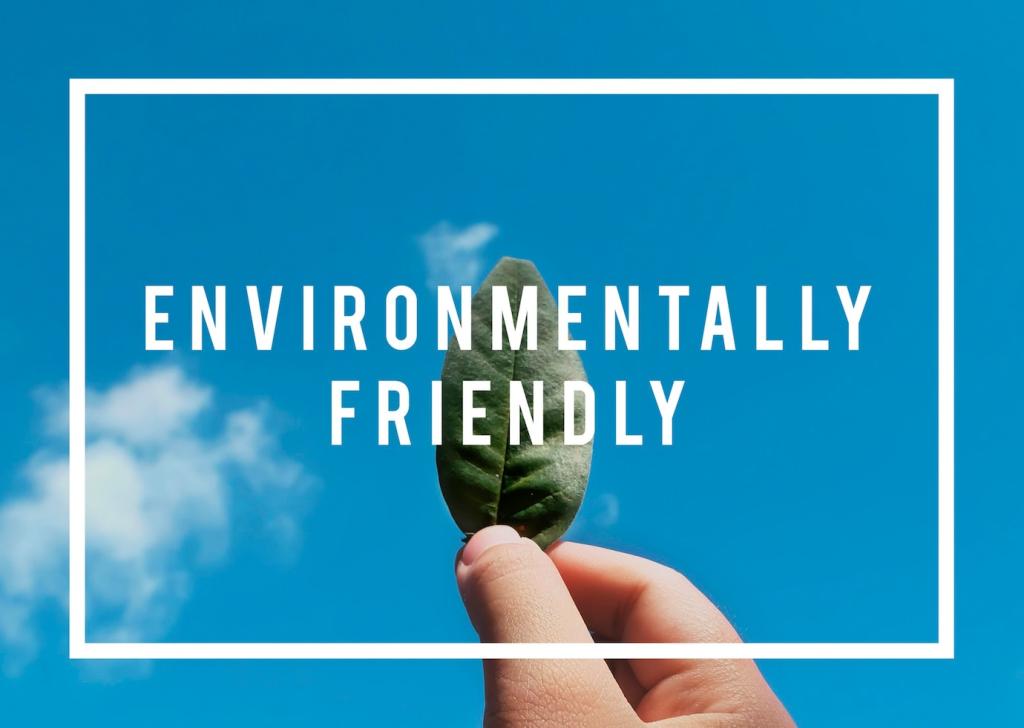Theme chosen: Biodegradable Fabrics for Interiors. Step into a home design journey where textures feel honest, colors breathe, and every fiber is destined to safely rejoin the earth—without sacrificing comfort, style, or longevity.




Linen, Hemp, and Ramie
These bast fibers offer breathability, strength, and a beautiful hand. When undyed or finished with low-impact chemistry, they biodegrade efficiently in aerobic conditions. Their natural slub and drape create interior character that softens gracefully over time.
Lyocell/TENCEL from Wood Pulp
Lyocell is a cellulosic fiber produced in closed-loop systems where most solvent is recovered. Sourced from responsibly managed forests, it is known to biodegrade in soil and water under proper conditions, delivering a silky touch perfect for bedding and drapery.
Emerging Materials and Composites
Banana fiber, coconut coir, alginate blends, and mycelium-based composites are inspiring lampshades, acoustic panels, and textural wall art. Always confirm finishes, binders, and coatings; bio-based doesn’t guarantee biodegradability if additives hinder microbial breakdown or require specialized facilities.
Where Biodegradable Fabrics Shine at Home
Linen and lyocell sheers filter light softly, moderating glare and helping regulate indoor comfort. Natural fibers move with air, creating gentle acoustics and an organic rhythm. Share your favorite curtain textures and we’ll feature them in our next community roundup.

Where Biodegradable Fabrics Shine at Home
Opt for biodegradable slipcovers in hemp or ramie over modular cushions. Mechanical fasteners, uncoated wood, and natural latex cores support disassembly. Replace high-wear panels instead of entire pieces, and tell us which slipcover systems worked best in busy households.
Caring for Biodegradable Textiles Without Compromising Their Future
Wash cool with mild, biodegradable detergents. Skip fabric softeners and antimicrobial additives that can persist in fibers. Spot clean promptly, steam to refresh, and air dry when possible. Share your go-to gentle products so our community can build a trusted list.
From Living Room to Living Soil

Home compost runs cooler and slower; industrial facilities manage sustained heat and aeration. Cut textiles into small pieces, remove zippers and synthetic threads, and avoid items with persistent finishes. Ask local composters for guidance and share their recommendations here.
Sarah replaced dense polyester drapes with linen sheers. The room brightened, her plants perked up, and summer heat felt gentler. She compost-tested a swatch in her garden; after weeks, edges softened—proof that lighter weaves break down faster than heavy ones.

Plant-Based Dyes that Last
Madder, walnut, and indigo offer rich tones with thoughtful mordanting. Pre-wash fabrics, use minimal alum, and leverage tannin-rich modifiers for depth. Show us your swatch tests—documenting washfastness helps others pick palettes that balance patina with practicality.
Low-Impact Finishes
Favor water-based, biodegradable finishes like plant wax emulsions or simple soap-and-wax formulas for hand-feel. Avoid fluorinated repellents and heavy acrylic backings. If you’ve discovered a great finish recipe, share it so we can test and publish community-approved methods.
Testing Your Claims at Home
Try a jar test: submerge a small offcut with compost, keep it aerated, and observe fibers over weeks. It’s not a certification, but reveals finish behavior. Post your timelines and photos; collaborative data makes interior choices more confident.
